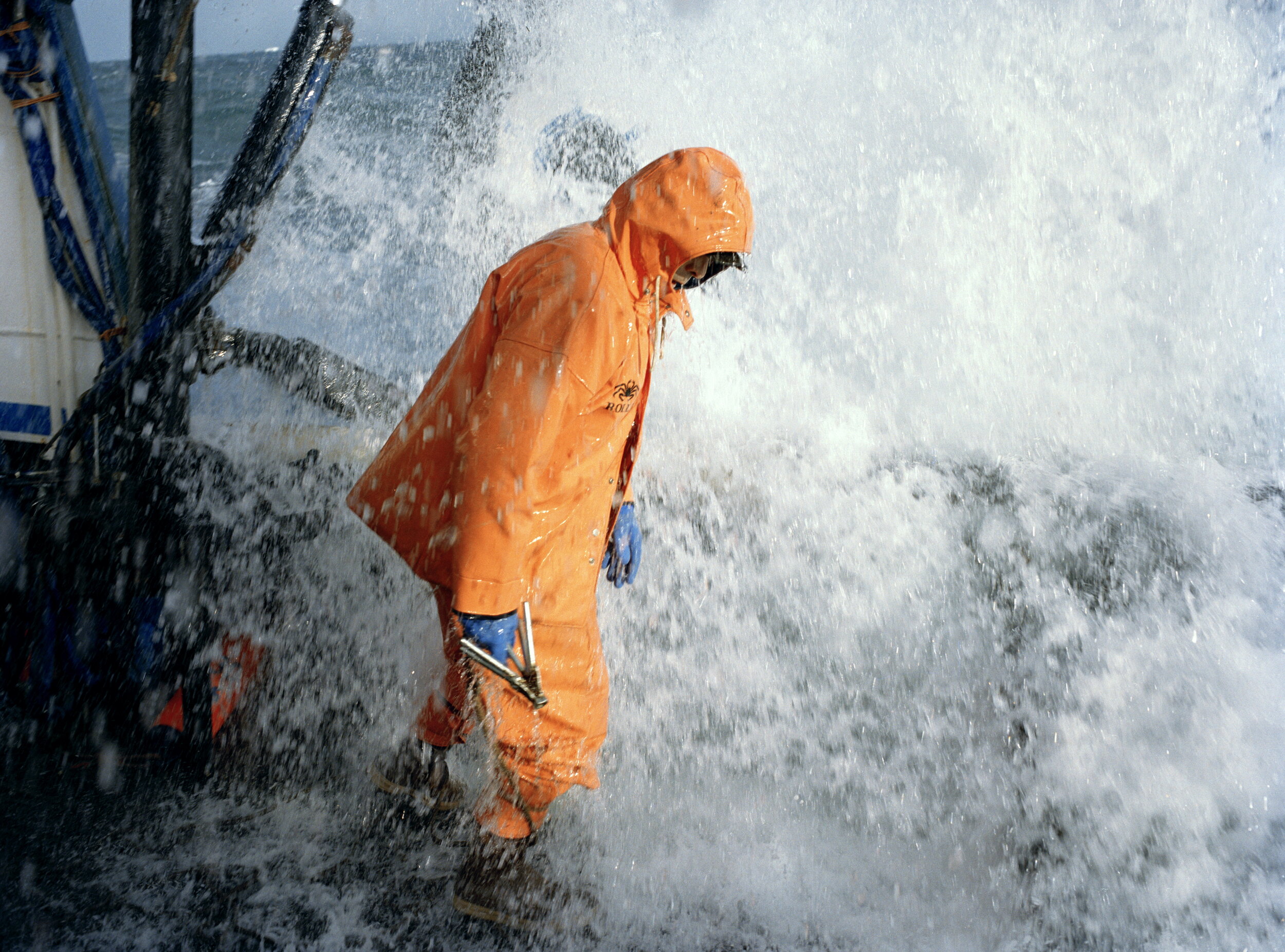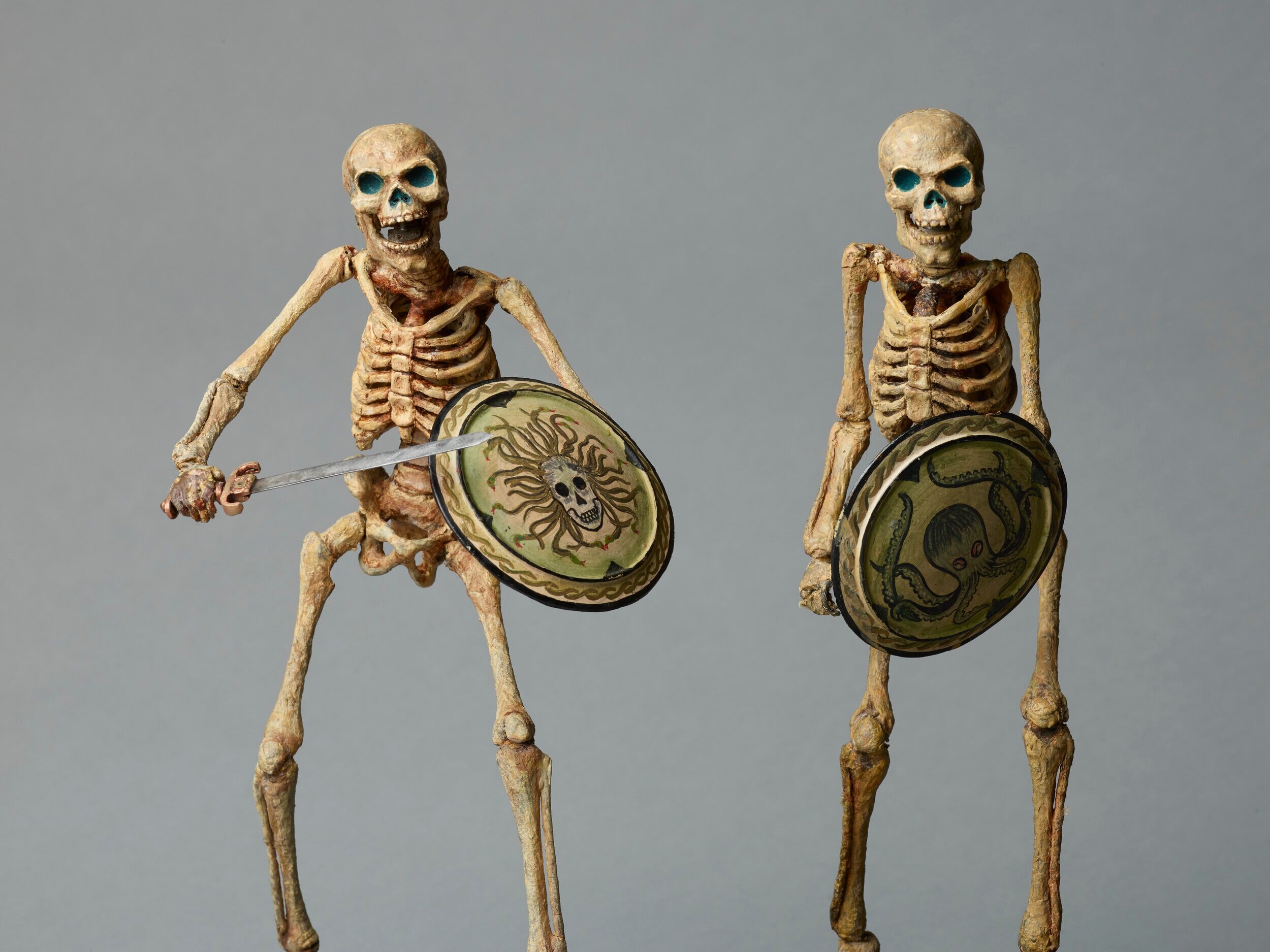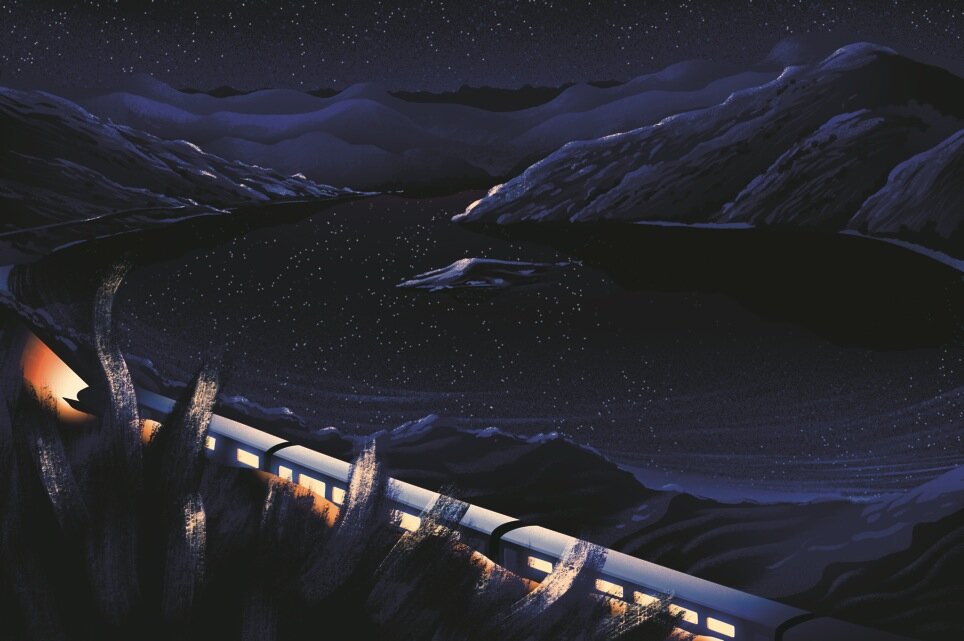In addition to her repertoire of carved spoons and Gumati brushes, Sophie Sellu of Grain & Knot has introduced a unique collection of vases, hand-hewn into an array of fondlesome shapes. She invites us into her garden workshop…
Images supplied by Grain & Knot
Sophie, your pieces usually have a utilitarian or culinary element to them – what inspired you to start making vases?
I have a huge amount of off-cuts from my work in my shed. They’re often tiny and seemingly useless. I wanted to show the full potential of the pieces, while making something useful and functional at the same time.
What inspires the unusual shapes? Do you usually have a shape in mind before you start?
I have a few shapes in mind beforehand - I usually start by drawing shapes on paper, then adapt them to the off-cuts I’m working with, guided by the patterns and grain of the timber. I also like to pair the vases together, so it’s fun working out which shapes sit well with others.
Your work has a very human element to it – you can see each piece has been hand-hewn. Is this a conscious decision in your work?
It’s always been a conscious decision to show the knife marks – I think it’s important to see the marks of production. It also gives each piece a faceted surface and a very tactile feel.
What would you put in these vases? Any particular favourite florals?
The vases are only suitable for dried blooms, as they can’t hold water. I often put in things found on my walks. The changing colour of leaves in autumn provides a wider variety of items to collect. It's quite a mindful process to slow down and notice the beauty in nature. Recently, I collaborated with Emily of @designbynatureflowers. We used the waste materials from my studio to make the vases, and the waste material from her studio to fill them.
Do you have a favourite wood to work with?
I love spalted timbers (spalting is the beautiful black lines that run through the wood), which can be tricky to work as spalting can cause the timber to degrade if left out in the elements for too long. It’s difficult to find but has striking patterns.
Your favourite tool?
My Mora 106 knife. I use it on every single item I make. A good all-round carving knife.
Tell us about your work space.
I have a dusty workshop in my garden that stores my wood, bandsaw and sanding equipment. I also have a small space inside my home that was supposed to be my office but doubles up as another workshop space. I have lots of utensils and older works on the walls, a long workbench and lots of dried flowers hanging from the ceiling. It’s a really tiny space but I’ve made the most of it! It gets really good light too, so this is where I photograph my work, using only natural light.



















